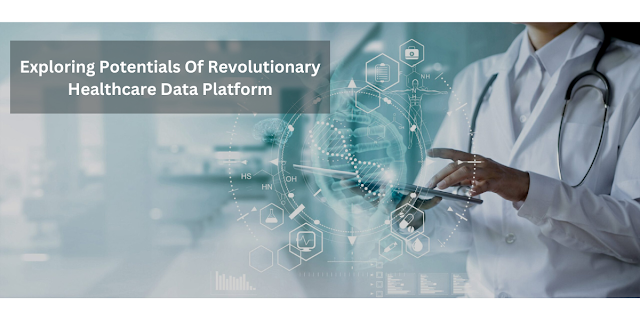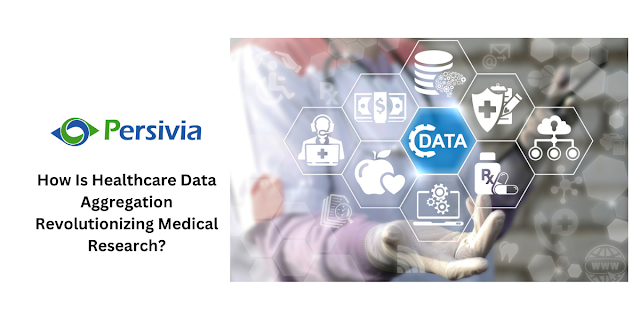Exploring Potentials Of Revolutionary Healthcare Data Platform
The healthcare industry is rapidly changing and evolving, so practitioners must stay up-to-date with the latest developments. Healthcare Data Platform is becoming an increasingly important tool in helping experts to make more informed decisions when treating patients.
Healthcare Data Platforms (HDP) permit healthcare professionals to quickly and easily access, analyze, and manage patient data. It can provide an advanced level of insight into patient care and health outcomes, followed by reduced data entry errors and improved accuracy of records.
This article will explore the concept of a Healthcare Data Platform and its purpose to the core.
Digging into the Benefits of Healthcare Data Aggregation!
Healthcare Data Aggregation is a powerful tool for healthcare professionals, allowing them to accumulate and evaluate vast amounts of information quickly. By collecting data from multiple sources, such information-gathering platforms can provide deeper insight into patient health and allow for more personalized treatment plans.
The increasing availability of healthcare data through electronic medical records (EMRs) and wearable devices can gain numerous potential benefits by leveraging the power of this system.
Ultimate Gains for Patients
Collecting and organizing data from multiple sources allows healthcare providers to make more informed decisions about their patients' care. It can escort to improved healthcare outcomes as well as increased cost savings. One of the primary benefits is its ability to improve disease management.
Streamlining Administrative Progressions
Patient data aggregation can help streamline administrative processes, such as billing and claims processing, by automating the collection of relevant information from multiple sources. It reduces manual labor associated with these tasks while also providing improved accuracy due to the consolidated nature of the collected data.
How Does It Work? – The Ins & Outs of The System
• Collection of Data
The first step of healthcare data aggregation is a collection. It involves collecting relevant information from multiple sources, such as patient records, EHRs, lab tests, medication histories, etc.
• Processing of Information Gathered
The next step is to process the collected data. It could involve sorting through a large amount of basic medical information and grouping it according to specific criteria.
• Depiction of Data
Lastly, healthcare professionals can then represent the data in a visual format for further interpretation.
Healthcare Data Platform has become increasingly important as the healthcare system continues to evolve into a more complex and interconnected. Such a combination of advanced analytics capabilities and enhanced data management makes the best interest of all stakeholders to integrate this technology into their current systems.




Comments
Post a Comment